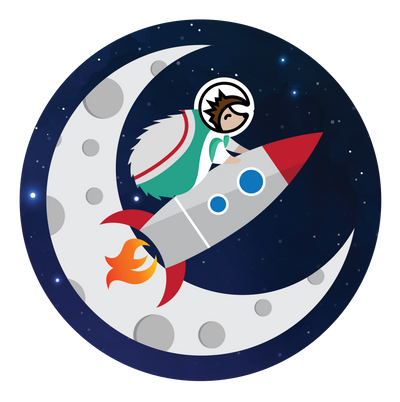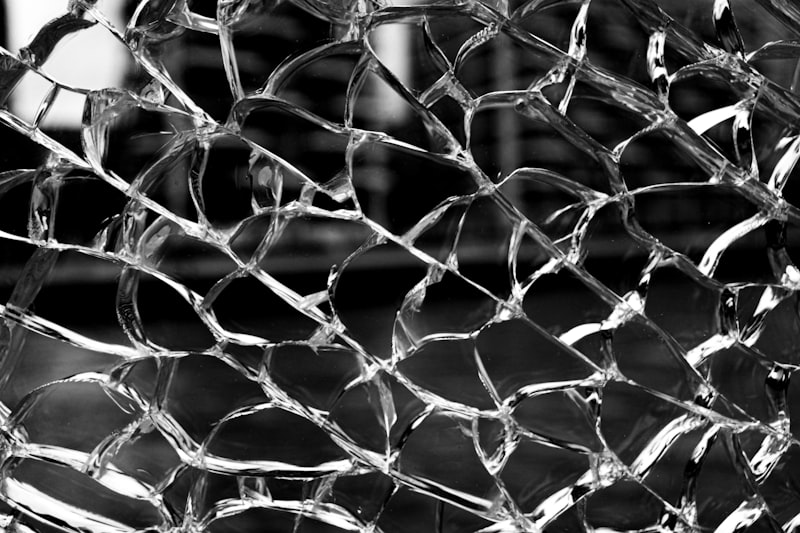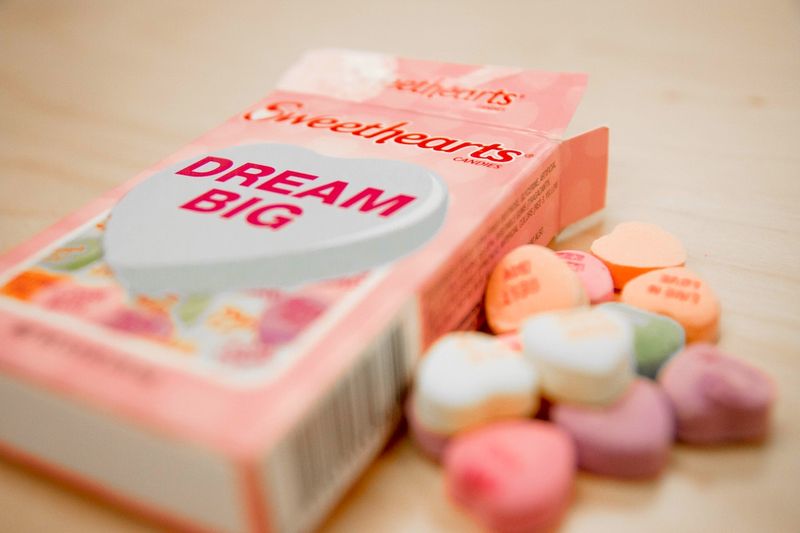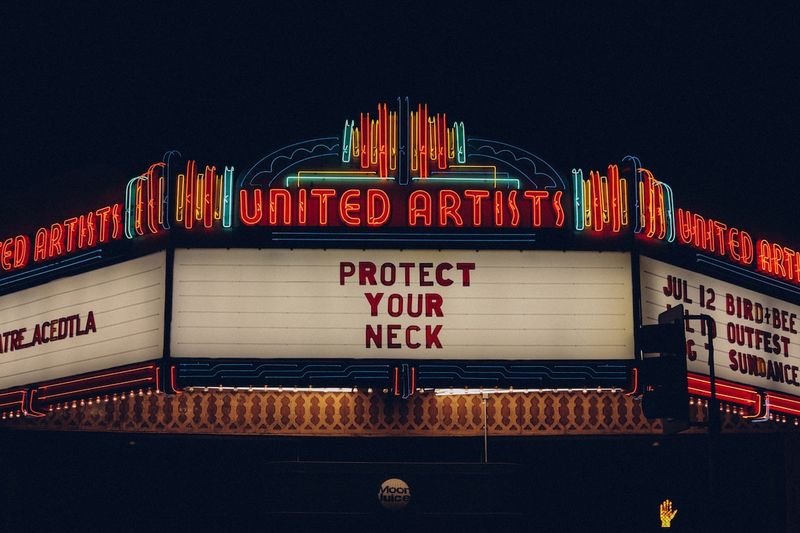Things are, uh, expensive. Fuel prices are going up, the housing market is at an all-time high, and JPEGs have always been expensive! It's becoming almost impossible to buy anything at all — can someone Venmo me so I can buy a chocolate bar, please?
Well, do not fear — fractionalized ownership is here!
Fractionalized ownership does what it says on the tin. Ownership of an asset is broken up into multiple pieces, meaning a group of people can own it rather than just one person. This is done to make expensive assets more affordable to the everyday man. Sort of like buying the stock of a company, rather than the whole thing.
After all, we don't all have Elon money.
Has this been done with NFTs yet?
Of course, it has. It feels like the NFT space is always pushing its own boundaries and trying new things.
The first notable use of fractionalized ownership was with Cryptopunk W#2066, popularly known as Party Of The Living Dead. 478 buyers bid together to purchase this beauty for the price of $3.2 million dollars:
This deal was done through a platform called PartyBid, a site dedicated to fractionalizing NFTs allowing groups to bid on their favorite pieces of art. Log on now and you'll see loads of projects (called parties) dedicated to collectively buying NFTs.
One ‘party’ titled Connor Daddy shows a community of people clubbing together to buy their friend's NFT for his birthday. The description reads:
"Yo! It's Conor's birthday today. We're trying to buy Conor's NFT as a community to collectively own one of his work as well as show appreciation for what he's done for our collective."
Once the party wins a bid for an NFT, it is automatically fractionalized. Giving each bidder fractional ERC-20 tokens in proportion to the amount they contributed to the bid. These tokens are tradable, making a previously illiquid asset, liquid. This is one of the biggest benefits when it comes to fractionalized ownership in the NFT space.
How is this different from a DAO?
We've previously covered multiple DAOs that collectively raise funds to purchase something, so how is this any different from that?
Not all DAOs have to fractionalize the ownership of something but a lot do. Be it the fractional ownership of an investment fund or the ownership of real estate, DAOs have been busy fractionalizing.
It is also important to note, that not all things that have been fractionalized are DAOs either. However, many do form DAOs to help pool funds together to purchase specific assets.
So, in short, not all DAOs have fractionalized assets and not all fractionalized assets belong to DAOs… but some do.
Who else is involved in fractionalized ownership?
None other than crypto's favorite shiller — Logan Paul.
I'll be the first to admit that I'm not the biggest lover of Logan's moves in the Web3 space. I've previously written about the calamity of Stick Dicks and CryptoZoo but it seems he has started to mature in the space? Maybe I'm going to regret saying that…
One of his latest projects, Liquid Marketplace, attempts to be the home for high-profile fractionalized assets. The project launched with seven assets on the site:
- CryptoPunk #6837 - $250k
- BGS 9 Lebron RPA - $2.5M
- Psa 8 2009 1/1 Michael Jordan Autopatch - $1.9M
- Logan Paul’s 1st Edition Pokémon Box - $378k
- BGS 9.5 Steph Curry RPA- $810k
- BGS 9.5 Giannis RPA - $594k
- PSA 8 Pikachu Illustrator - $1.1M
The unique thing about this project is that they're including real-world collectibles (like trading cards). Their aim is to keep them locked up in a vault to ensure their safety while they're in the marketplace.
As is illustrated through the project's name, fractionalized ownership allows for a liquid marketplace in an otherwise illiquid space. Trading cards and NFTs are unique items and cannot be freely traded like a stock, this evolution in technology fixes that. Becoming a useful investment arm, rather than just a neat way to own a piece of art.
All of this gives us a glimpse into the realm of possibility of what else could be fractionalized. Could we see other expensive real-world assets fractionalized? What about fractionalized ownership of the gloves Logan wore when fighting Floyd Mayweather?
Much to think about.
But, how do utility NFTs work with this?
Well, unfortunately, they don't.
Most utility NFTs require you to have the token in your wallet, you don't get that with fractionalized NFTs. Meaning you cannot benefit from the utility an NFT offers. Sucks. This is an issue that the fractionalized space needs to attempt to answer if it is to grow even further.
Utility could possibly work if one wallet is controlled by a DAO that has fractional tokens for the assets it owns. Meaning the DAO can vote on how to use the utility of the NFTs. But at this point, we're blurring the lines between a DAO and fractionalized assets.
Really, fractionalized ownership mostly works as a utility for investment speculating on art — rather than investing in utility-driven NFTs.
Turning art into stock
We're starting to deconstruct the existence of NFTs only years after their inception. No longer are they cool jpegs for someone to own but a speculative asset for groups to buy and sell small bits of. At this point, it's less about the art, more about the community.
Similar to the hypebeast wave in fashion, clout, branding, and notoriety have become the new way to value art in the space. Sometimes, it’s not just about how art makes us feel but how thick it can make our wallets.
This is fine (I hope I'm not sounding bitter). But the emergence of fractionalized NFTs clearly marks the start of a subset of people who invest in NFTs and for whom art takes a backseat. Again, that's cool. However, we can't kid ourselves any longer. NFTs are an investment tool, a way to diversify your portfolio. Fractionalized ownership just makes it easier on our wallets.
Check out writer Ryan S. Gladwin's website, follow him on Twitter, and of course, subscribe to the weekly Hedgehog newsletter!






